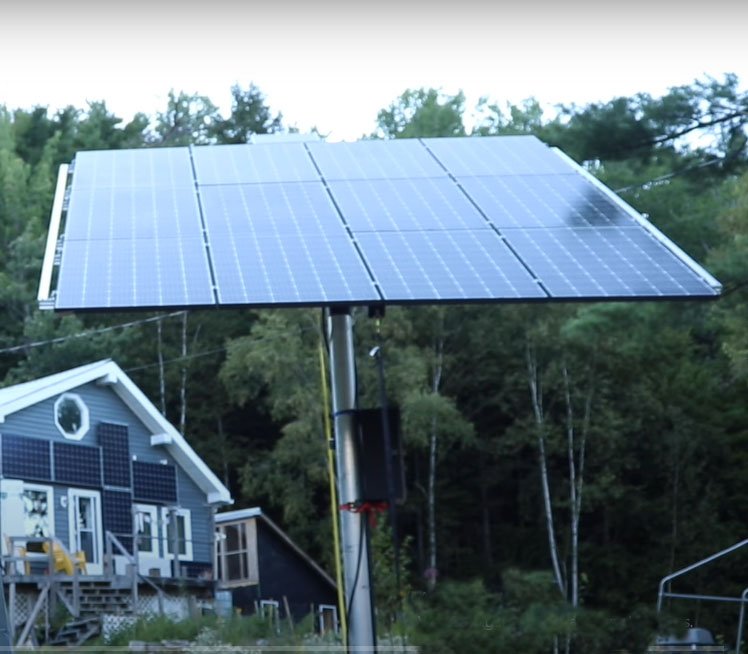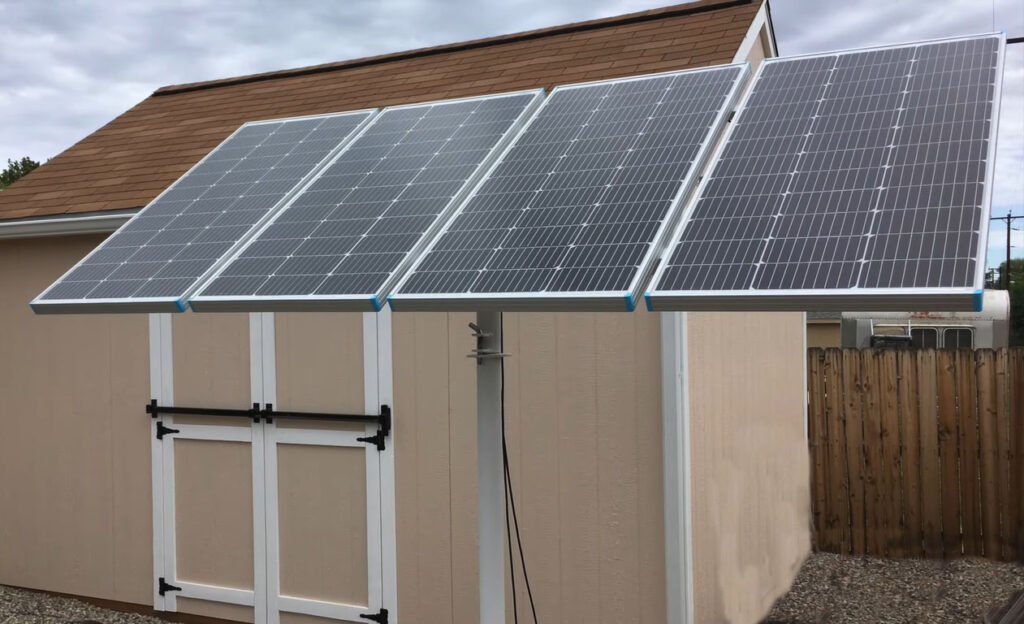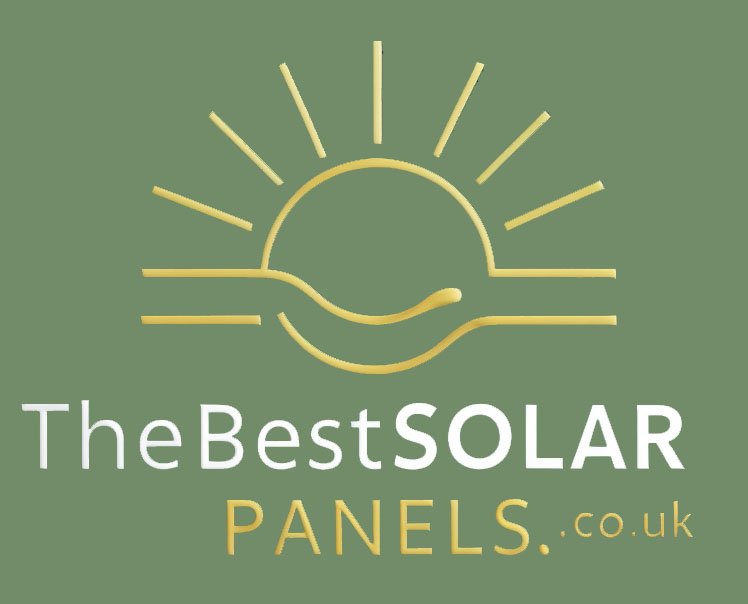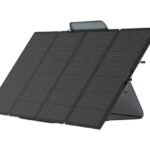Solar panel pole mount is one innovative and efficient way to capitalize on solar energy. Why should you consider it for your solar energy installation? Keep on reading if you want to know more about solar pole mounts.

What is a solar panel pole mount?
A solar panel pole mount is a specialized structure designed to support and elevate solar panels, facilitating optimal exposure to sunlight for increased energy production. Unlike traditional ground-mounted or roof-mounted solar panel systems, pole mounts are installed on vertical structures, such as poles or posts. So, this allows efficient use of space and precise alignment of the solar panels.
The primary purpose of a solar pole mount is to elevate the solar panels above ground level. As a result, you can reduce shading issues and maximize exposure to sunlight throughout the day. This elevation is achieved by securely attaching the solar panels to a framework mounted on a vertical pole. The pole mount can be fixed or adjustable. So, this allows proper orientation based on factors such as geographical location and seasonal changes in the sun’s position.
Solar pole mounts are commonly installed in residential, commercial, and industrial settings. They are particularly beneficial in locations where ground space is limited. Also, they are a perfect option when the available ground space is unsuitable for solar panel installation. Additionally, pole mounts are favoured in areas with challenging terrains or uneven sunlight exposure. To sum up, they provide a flexible and adaptable solution for capturing solar energy efficiently.

How many solar panels can you put on a pole mount?
The number of solar panels that you can mount on a pole mount depends on several factors. For example, you should think about the size and capacity of the panels, the strength and design of the pole mount structure, and the available space. Pole mounts are versatile and scalable, allowing for customization based on the specific needs and constraints of the installation site.
Generally, solar pole mounts can support multiple solar panels, and the exact number will vary based on factors such as:
- Panel Size and Wattage: The physical dimensions and power output of the solar panels play a crucial role. Larger panels with higher wattage may require more space between them to avoid shading and optimize sunlight exposure.
- Pole Mount Design: The design and engineering of the pole mount system will determine its load-bearing capacity. Some pole mounts are specifically designed to support a certain number and configuration of solar panels.
- Local Environmental Conditions: You should take into account factors such as wind speed, snow load, and other environmental conditions to ensure the stability and safety of the pole-mounted solar panels.
- Available Space: The physical space available on the pole mount structure will influence the layout and arrangement of the solar panels. Careful planning is necessary to make efficient use of the space.
- Regulatory Restrictions: Local regulations and building codes may impose restrictions on the size and configuration of solar installations. Compliance with these regulations is essential for a successful and legal solar pole mount installation.

Benefits and cons of pole mounting
Solar panel pole mount offers several benefits and drawbacks. Understanding these factors is crucial for individuals and businesses considering installing solar panels. So, here’s a comprehensive look at the advantages and disadvantages of pole-mounting solar panels:
Pros
Cons
Advantages explained
- Optimized Sun Exposure: To start with, solar panel pole mounts allow for precise alignment of solar panels. This maximises exposure to sunlight throughout the day. As a result, energy production increases, compared to ground-mounted systems with fixed orientations.
- Space Efficiency: They are perfect in case of unsuitable roof conditions or if you don’t have enough ground space So, pole mounts make efficient use of vertical space. This is particularly advantageous for installations where land is scarce or expensive.
- Reduced Shading Issues: Elevated solar panels on pole mounts experience fewer shading issues. Then, surrounding structures, vegetation, or other obstacles are less likely to obstruct them. This ensures consistent and reliable energy generation.
- Easy Maintenance: Access to solar panels is simplified with pole mounts. In other words, it makes routine maintenance tasks such as cleaning and repairs more convenient. Technicians can easily reach the panels without the need for extensive equipment.
- Scalability: Lastly, pole mounts are scalable, allowing for adding more solar panels as energy needs grow. This scalability makes them suitable for both residential and commercial applications.

Disadvantages explained
- Installation Costs: First, the initial installation cost of pole-mounted solar systems is often higher than ground-mounted or roof-mounted alternatives. This is because of the additional materials and engineering required for the pole structure.
- Visual Impact: Some individuals may find the appearance of pole-mounted solar panels less aesthetically pleasing compared to other installation methods. This can be a consideration in residential areas or locations with specific aesthetic requirements.
- Site Suitability: The feasibility of pole mounting depends on site conditions, such as soil type, wind conditions, and local regulations. A thorough site assessment is crucial to ensure the stability and safety of the pole mount structure.
- Potential for Wind Loading: Finally, pole-mounted systems are more exposed to wind forces. And in windy regions, this can be a concern. Proper engineering and design considerations are necessary to mitigate the risk of wind-induced stress on the structure.
In conclusion, while solar pole mounting offers several advantages, weighing these benefits against the potential drawbacks is essential. Thinking carefully about site conditions, aesthetic preferences, and budget constraints. This will help you determine whether pole mounting is the most suitable option for a particular solar energy installation.
Why consider pole mounts for your solar energy install
Considering pole mounts for your solar energy installation can be a strategic choice. They offer various advantages that may align with specific needs and circumstances. So, here are several reasons to consider pole mounts for your solar energy installation:
- Optimized Sun Exposure: Pole mounts allow for precise alignment and tracking of solar panels. As a result, you can optimize exposure to sunlight throughout the day. This feature enhances energy production, making pole mounts particularly effective in locations with varying sun angles.
- Space Efficiency: They are ideal for unsuitable roof conditions or areas that don’t have enough ground space. So, pole mounts make efficient use of vertical space. In short, they are a practical solution for sites where traditional ground or roof-mounted systems may not be feasible.
- Reduced Shading Issues: Elevated solar panels on pole mounts experience fewer shading issues than ground-mounted systems. So, surrounding structures or vegetation are less likely to obstruct them. This results in more consistent and reliable energy generation.
- Easy Maintenance and Accessibility: Pole-mounted solar panels are easily accessible, simplifying routine maintenance tasks such as cleaning and repairs. Technicians can reach the panels without extensive equipment, reducing maintenance costs and downtime.
- Scalability for Future Expansion: Pole mounts could be scalable. In other words, they allow the addition of more solar panels as energy needs grow. This scalability makes pole mounts suitable for residential and commercial applications, offering flexibility for future expansions.
- Adaptability to Challenging Terrains: Pole mounts provide a viable solution in areas where ground or roof-mounted installations may be impractical. You can customize them to suit uneven or sloped landscapes, making them adaptable to various environmental conditions.
- Reduced Impact on Existing Infrastructure: You can install pole mounts without significant alterations to existing buildings or structures. So, this will reduce the impact on the surrounding environment. This can be advantageous in preserving the aesthetics of a property or adhering to local zoning regulations.
- Increased Energy Harvesting Potential: The ability to precisely position solar panels allows for increased energy harvesting potential. Then, this makes pole mounts a suitable choice for maximizing energy output. While these advantages make pole mounts a compelling option, it’s essential to consider the specific characteristics of the installation site. For example, local regulations and budget constraints.


Conclusion
To sum up, solar panel pole mounts offer an efficient solution for harnessing solar power in various settings. First, they come with initial installation costs and potential visual considerations. Besides, the long-term benefits of increased energy production, space efficiency, and easy maintenance make them a compelling choice for those seeking sustainable energy solutions. Whether you’re a homeowner with limited space or a business looking to maximize your renewable energy potential, solar pole mounts provide a scalable and adaptable option for a brighter, greener future.




Leave a Reply